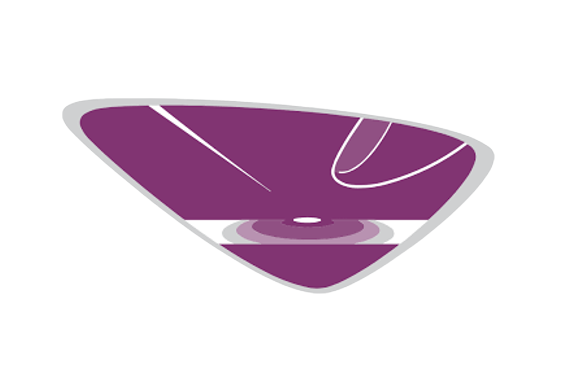Incremental Analysis Definition, Examples, Uses

A long run incremental cost (LRIC) refers to the changing costs that a company can somewhat foresee. Examples of long-run incremental costs include energy and oil price increases, rent increases, expansion costs, and maintenance expenses. Getting all relevant information about your operational expenses lets you know whether you are in the right financial state to cover additional production costs before starting any project.
Incremental cost of capital is the weighted-average cost of new debt and equity issuances during a financial reporting period. But then you are looking at making 5,000 more shirts as your labor, machinery, and production input tells you you can. The cost of producing 15,000 units is $120,000, meaning the additional cost to expand your production to this level is at an incremental cost of $20,000. It has lowered as some of your fixed costs have already been covered by your normal production volume.
Influencing Factors of Incremental Cost
Incremental cost determines the change in costs if a manufacturer decides to expand production. If incremental cost leads to an increase in product cost per unit, a company may choose to raise product price to maintain its return on investment (ROI) and to increase profit. Conversely, if incremental cost leads to a decrease in product cost per unit, a company can choose to reduce product price and increase profit by selling more units.

A company’s cost of capital depends on the mode of financing used – it refers to the cost of equity if the business is financed via equity, or to the cost of debt if it is financed via debt issuance. Companies often use a combination of debt and equity issuance to finance their operations. As such, the overall cost of capital is derived from a weighted average of all capital sources, widely known as the weighted average cost of capital (WACC). incremental costs are also used in the management decision to make or buy a product. Some custom products might not be readily available for the business to buy, so the business has to go through the process of custom ordering it or making it. The use of incremental analysis can help businesses identify the potential financial outcomes of one business action or opportunity compared to another.
What is Incremental Cost?
Incremental cost analysis will save you from engaging in unprofitable business ventures that can ultimately damage your financial state. The tobacco business has seen the significant benefits of the economies of scale in Case 3. The incremental cost was kept lower at $70,000 while producing twice its production capacity, leading to a higher net income. As seen in Case 2, incremental cost increased significantly by $55,000 to produce 5,000 more units of tobacco. This happens in the real world as prices of raw materials change depending on the quantity bought from suppliers. From this example, you can observe not all increase in production capacity leads to a higher net income.
The two calculations for incremental revenue and incremental cost are thus essential to determine the company’s profitability when production output is expanded. The calculation of incremental cost needs to be automated at every level of production to make decision-making more efficient. There is a need to prepare a spreadsheet that tracks costs and production output. Costs are determined differently by each organization according to its overhead cost structure.
Company
The reason for the relatively small incremental cost per unit is due to the cost behavior of certain costs. For example, when the 2,000 additional units are manufactured most fixed costs will not change in total although a few fixed costs could increase. In other words, incremental costs are solely dependent on production volume.
- As a result, incremental cost affects the company’s decision to expand or increase output.
- However, incremental cost refers to the extra cost incurred as a result of the decision to expand output.
- The company is not operating at capacity and will not be required to invest in equipment or overtime to accept any special order that it may receive.
- With each new issuance of debt a company may see its borrowing costs increase as seen it the coupon it has to pay investors to buy its debt.
- Certain costs will be incurred whether there is an increase in production or not, which are not computed when determining incremental cost, and they include fixed costs.
- Therefore, for these 2,000 additional units, the incremental manufacturing cost per unit of product will be an average of $20 ($40,000 divided by 2,000 units).
- Incremental analysis is a decision-making tool used in business to determine the true cost difference between alternative business opportunities.
A restaurant with a capacity of twenty-five people, as per local regulations, needs to incur construction costs to increase capacity for one additional person. The concept of opportunity cost describes the reward or loss resulting from a decision made between respective alternatives. A company receives an order from a customer for 1,000 units of a green widget for $12 each. The company controller looks up the standard cost for a green widget and finds that it costs the company $14. To give you an idea of how knowing your incremental and marginal cost leads to better financial planning, let’s get back to the shirt business example. This way, companies develop a realistic production roadmap, with an exact number of goods to be produced and the pricing per unit, to achieve profit goals in a business quarter.
The separation of fixed costs and variable costs and determination of raw material and labor costs also differs from organization to organization. Incremental cost is the additional cost incurred by a company if it produces one extra unit of output. The additional cost comprises relevant costs that only change in line with the decision to produce extra units.

